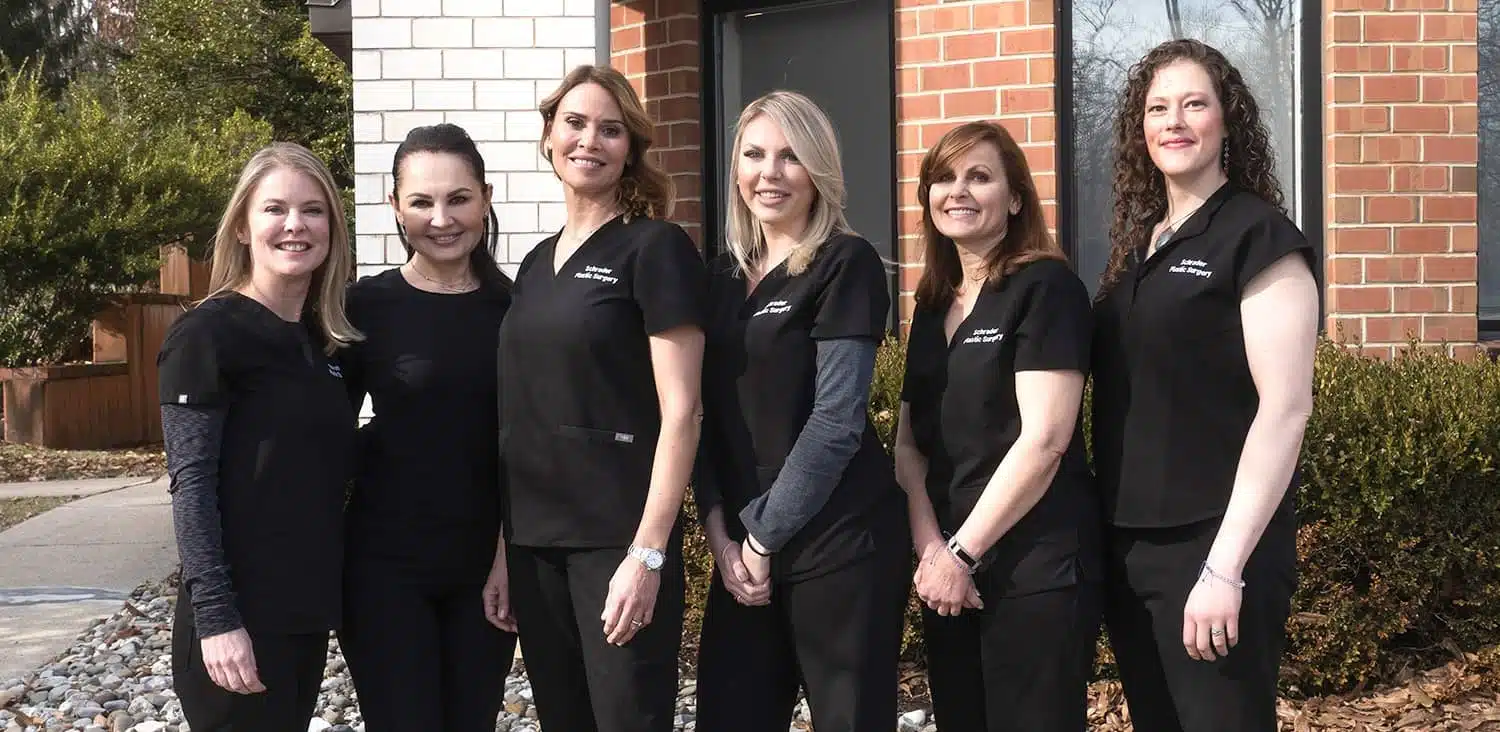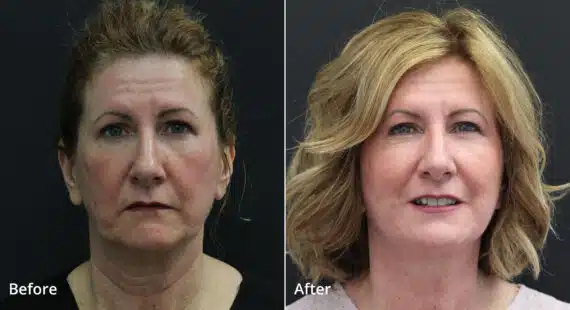Can a neck lift go wrong? This question might cross your mind if you’re considering undergoing this popular cosmetic surgery designed to rejuvenate the neck and reduce signs of aging. While neck lifts can deliver dramatic results, they come with potential risks, as with any surgical procedure.
The good news is that there are clear steps you can take to minimize the chances of a botched neck lift. From choosing the right surgeon to understanding what to expect during recovery, preparation is key. So, let’s dive in and discuss how to recognize the signs of a botched neck lift and what you can do to avoid becoming a statistic.

Is a Neck Lift Dangerous?
When performed by an experienced and skilled plastic surgeon, the risks associated with a neck lift are minimal. However, as with any cosmetic surgery, complications can occur. These may include infection, bleeding, bruising, deep vein thrombosis, poor scarring, nerve damage, swelling, and anesthetic hazards. There is also the possibility of unsatisfactory results, such as contour irregularities or a less-than-ideal appearance. Fortunately, by selecting a qualified surgeon and adhering to proper recovery protocols, you can significantly reduce these risks and set yourself up for a positive outcome.
Signs of a Bad Neck Lift
Changes in Skin Sensation
A botched neck lift can sometimes result in changes to skin sensation. Patients may experience numbness, tingling, or heightened sensitivity in the neck area, often due to nerve damage sustained during the procedure. While some of these sensations may resolve over time, persistent issues could indicate improper surgical techniques.
Botched Neck Lift Scars
Poor scarring is another sign of a bad neck lift. Visible, thick, or uneven scars can detract from the aesthetic results and may require corrective procedures. Scars that fail to heal properly might also signal underlying complications, such as infection or tension on the incision sites.
The “Pixie Ears” Deformity
The “pixie ears” deformity refers to an unnatural, elongated appearance of the earlobes, often caused by excessive tension applied to the skin during surgery. This condition not only looks unnatural but may also necessitate further surgical intervention to correct.
Excessive Bleeding
Excessive bleeding during or after a neck lift surgery can signal an underlying issue, such as improper surgical techniques or inadequate post-operative care. It may also increase the risk of hematoma, a condition that can lead to further complications if left untreated.
Contour Irregularities
Contour irregularities, such as uneven or lumpy skin, are common signs of a botched neck lift. These issues can occur due to uneven fat removal, poor suturing, or an overly aggressive approach to the procedure. Addressing these irregularities often requires revision surgery.
Worsening Bruises
While bruising is a normal part of the recovery process, worsening or unusually prolonged bruises may indicate complications. This could stem from excessive trauma during surgery or issues with the body’s healing response. Monitoring bruising and consulting your surgeon can help address concerns early.


Trust your face to a specialist
My Goal is to create Harmony, Balance & true Beauty
How To Avoid a Botched Neck Lift Surgery
1. Research Your Surgeon Carefully
The first and most important step in avoiding a botched neck lift is thorough research on your surgeon. Look for a board-certified facial plastic surgeon with extensive experience performing neck lift procedures. Read patient reviews, check their credentials, and verify their track record of successful surgeries to ensure you’re in capable hands.
2. Be Realistic About Your Neck Lift Results
Having realistic expectations is key to avoiding disappointment. While a neck lift can significantly improve your appearance, it may not eliminate every imperfection or completely reverse the signs of aging. Discuss your goals with your surgeon to align your expectations with achievable outcomes.
3. Choose the Right Type of Neck Lift Procedure for Your Needs
Every neck lift is unique, and the procedure must be tailored to your specific anatomy and concerns. Work closely with your surgeon to determine the best technique for addressing sagging skin, excess fat, or muscle laxity. A customized approach can significantly improve your satisfaction with the results.
4. Ask for Before and After Photos of Past Patients
Requesting to see before and after photos of previous patients can give you a clear idea of your surgeon’s capabilities. Look for consistent results, especially in cases similar to yours. This step helps you set realistic expectations and feel confident about your surgeon’s expertise.
Neck Lift before & after photos
* All patients are unique and individual results may vary.
5. Follow Pre- and Post-Operative Instructions Carefully
Adhering to your surgeon’s pre- and post-operative guidelines is essential for minimizing risks and ensuring a smooth recovery. These instructions may include avoiding certain medications, maintaining a healthy diet, and following wound care protocols. Proper compliance reduces the likelihood of complications and supports optimal healing.
6. Monitor Your Healing and Attend Follow-Up Appointments
Post-operative care is just as important as the surgery itself. Attend all scheduled follow-up appointments to monitor your healing progress and address any concerns. Your surgeon can identify potential issues early and guide you on resuming daily activities safely, ensuring long-term satisfaction with your neck lift results.
Choosing the Best Neck Lift Surgeon for the Best Results
Selecting the right surgeon is the most critical step in ensuring the success of your neck lift procedure. A facial plastic surgeon, in particular, specializes in surgeries involving the face and neck and possesses the expertise needed to deliver exceptional results while minimizing risks. With their focused training, they can tailor the procedure to your unique needs and goals.
If you live in the New Jersey or Philadelphia, contact Dr. Nicole Schrader, a double board-certified plastic surgeon with a decade of experience performing neck lifts and many other facial procedures. Her dedication to precision and patient satisfaction ensures that you’ll achieve natural, beautiful results. Book your consultation today or call us at 609-279-0009 to take the first step toward your transformation!


